Your cart is currently empty!

ISO 362:2022
ISO 362:2022 Acoustics – Engineering method for measurement of noise emitted by accelerating road vehicles – Part 1: M and N categories
CDN $351.00
Description
This document specifies an engineering method for measuring the noise emitted by road vehicles of categories M and N under typical urban traffic conditions. It excludes vehicles of category L1 and L2, which are covered by ISO 9645, and vehicles of category L3, L4, and L5, which are covered by ISO 362‑2.
The specifications are intended to reproduce the level of noise generated by the principal noise sources during normal driving in urban traffic (see Annex A).
The method is designed to meet the requirements of simplicity as far as they are consistent with reproducibility of results under the operating conditions of the vehicle.
The test method requires an acoustical environment that is obtained only in an extensive open space. Such conditions are usually provided for
–¬†¬†¬† type approval measurements of a vehicle,
–¬†¬†¬† measurements at the manufacturing stage, and
–¬†¬†¬† measurements at official testing stations.
NOTE 1   The results obtained by this method give an objective measure of the noise emitted under the specified conditions of test. It is necessary to consider the fact that the subjective appraisal of the noise annoyance of different classes of motor vehicles is not simply related to the indications of a sound measurement system. As annoyance is strongly related to personal human perception, physiological human conditions, culture, and environmental conditions, there is a large variation and it is, therefore, not useful as a parameter to describe a specific vehicle condition.
NOTE 2   Spot checks of vehicles chosen at random are rarely made in an ideal acoustical environment. If measurements are carried out on the road in an acoustical environment that does not fulfil the requirements stated in this document, the results obtained can deviate appreciably from the results obtained using the specified conditions.
Edition
3
Published Date
2022-11-21
Status
PUBLISHED
Pages
75
Format 
Secure PDF
Secure – PDF details
- Save your file locally or view it via a web viewer
- Viewing permissions are restricted exclusively to the purchaser
- Device limits - 3
- Printing – Enabled only to print (1) copy
See more about our Environmental Commitment
Abstract
This document specifies an engineering method for measuring the noise emitted by road vehicles of categories M and N under typical urban traffic conditions. It excludes vehicles of category L1 and L2, which are covered by ISO 9645, and vehicles of category L3, L4, and L5, which are covered by ISO 362‑2.
The specifications are intended to reproduce the level of noise generated by the principal noise sources during normal driving in urban traffic (see Annex A).
The method is designed to meet the requirements of simplicity as far as they are consistent with reproducibility of results under the operating conditions of the vehicle.
The test method requires an acoustical environment that is obtained only in an extensive open space. Such conditions are usually provided for
-    type approval measurements of a vehicle,
-    measurements at the manufacturing stage, and
-    measurements at official testing stations.
NOTE 1   The results obtained by this method give an objective measure of the noise emitted under the specified conditions of test. It is necessary to consider the fact that the subjective appraisal of the noise annoyance of different classes of motor vehicles is not simply related to the indications of a sound measurement system. As annoyance is strongly related to personal human perception, physiological human conditions, culture, and environmental conditions, there is a large variation and it is, therefore, not useful as a parameter to describe a specific vehicle condition.
NOTE 2   Spot checks of vehicles chosen at random are rarely made in an ideal acoustical environment. If measurements are carried out on the road in an acoustical environment that does not fulfil the requirements stated in this document, the results obtained can deviate appreciably from the results obtained using the specified conditions.
Previous Editions
Can’t find what you are looking for?
Please contact us at:
Related Documents
-

ISO 80004:2020 Nanotechnologies – Vocabulary – Part 3: Carbon nano-objects
CDN $76.00 Add to cart -

ISO 80000:2025 Quantities and units – Part 13: Information science and technology
CDN $203.00 Add to cart -

ISO 20537:2025 Footwear – Identification of defects during visual inspection – Vocabulary
CDN $273.00 Add to cart -

ISO 3833:1977 Road vehicles – Types – Terms and definitions
CDN $115.00 Add to cart







